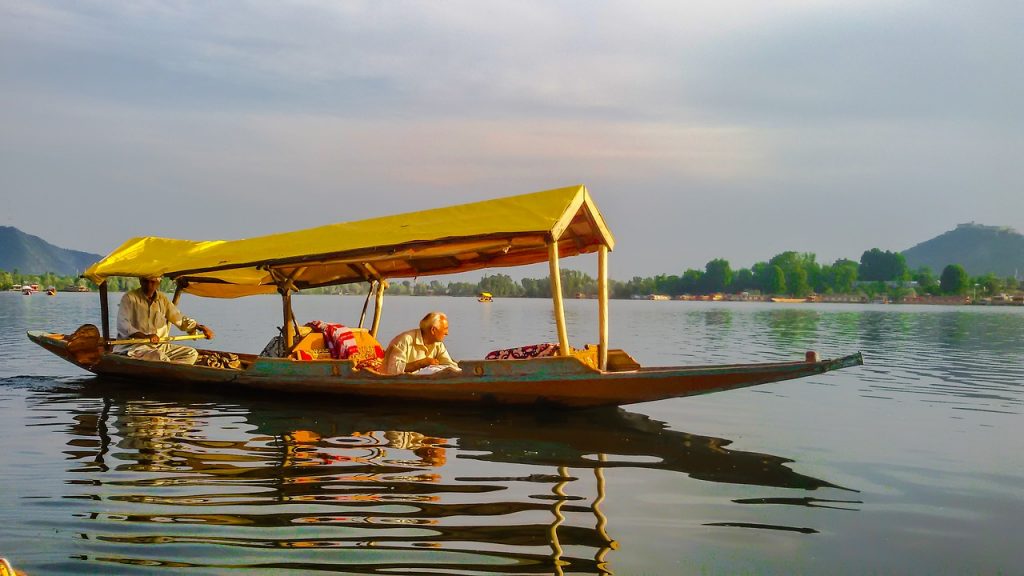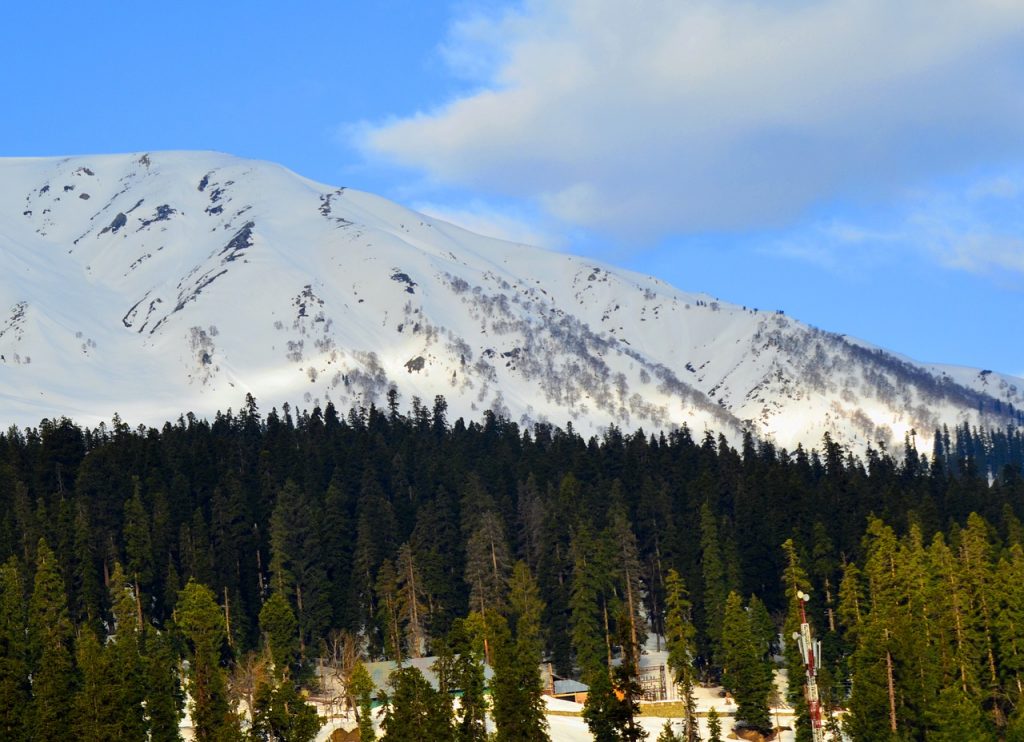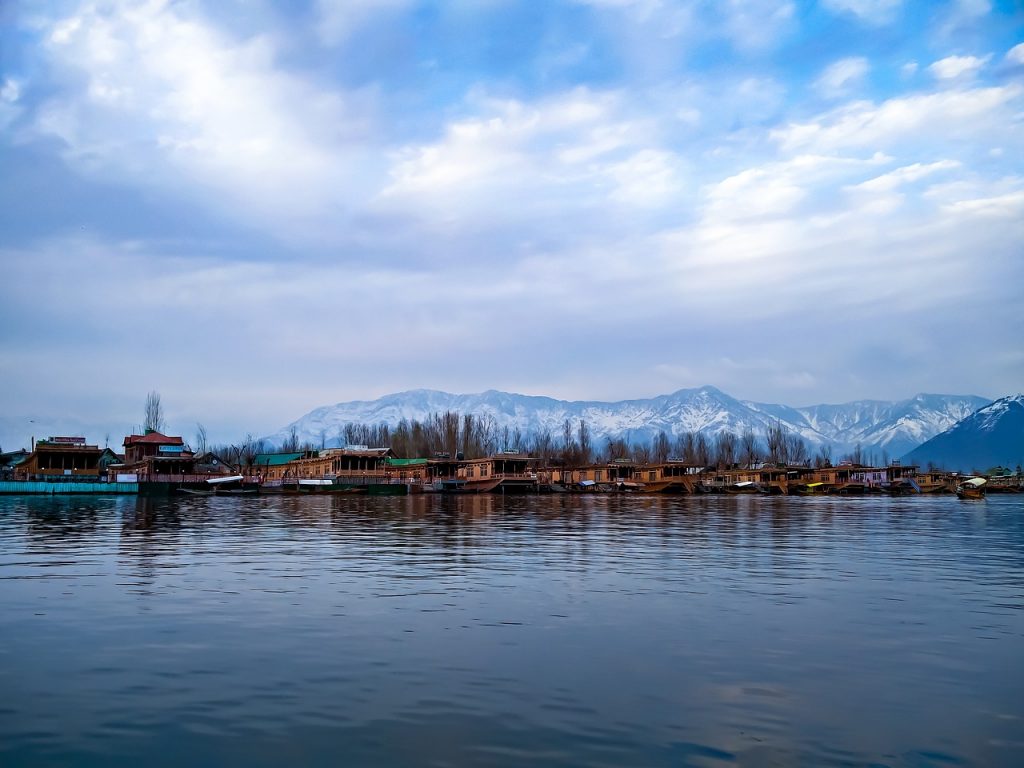Dal is one of Kashmir’s main recreational centres and a world-famous tourist attraction. This lake is best-known for houseboats and shikaras. Mughal gardens and other parks line its shore. Floating gardens on the lake blossom with lotuses, and all these elements, together, add to its pristine beauty. This lake exudes a positive vibe and features on the travel bucket list of anyone visiting Jammu and Kashmir. Let’s look at 10 unique facts about the Dal Lake.
10 Fascinating Facts about Dal Lake
Dal Lake is an urban lake located in Srinagar and the second-largest lake in Jammu and Kashmir. It is the summer capital of J&K and among its most visited travel destinations.
How was Dal Lake created? One theory about the origin of this lake states that it is a post-glacial lake that has changed in size over time. According to another theory, flood spillage of the Jhelum River led to the formation of Dal Lake. It is a natural freshwater lake known for its scenic beauty.
How big is the Dal Lake? It is 5 feet deep on an average with its maximum depth being 20 feet. This lake covers an area of 18 sq. km. with a length of 7.4 km. and a width of 3.5 km. It has four basins namely, Bod Dal, Nagin, Gagribal and Lokut Dal. Gardens built in the Mughal era and beautiful parks border this lake.
Why is the lake called Dal? Dal Lake is a misnomer as the word ‘Dal’ in Kashmiri means ‘lake’. Dal Lake is also referred to as the ‘Jewel in the crown of Kashmir’, ‘Lake of Flowers’, or ‘Srinagar’s Jewel’.
If you visit Dal Lake in July-August, you will be able to see beautiful lotus flowers in full bloom in the lakeside gardens and on the floating gardens in the lake. This is a sight to behold!
What is Dal Lake famous for? This lake is famed for being an important destination for tourism and recreation. It is a source of commercial operations in fishing and water plant harvesting. Fishing on Dal is the second-largest industry in the region.
What’s special about Dal Lake? The floating gardens called ‘Rad’ in Kashmiri are a distinct aspect of this lake. Houseboats and shikaras are another special feature of Dal. Many tourists prefer to stay on a houseboat to enjoy stunning views of the lake and visitors as well as natives enjoy ferrying in shikaras.
What are the islands on Dal Lake? Sona Lank and Rupa Lank are two famous islands on the lake. Located on Bod Dal, the Sona Lank (Gold Island) overlooks the shrine of Hazratbal. Rupa Lank (Silver Island) located on the Lokut Dal, has four Chinar trees at its four corners and hence, is also called Char Chinar.
What are some of the best things to do and see at the Dal Lake? A unique holiday experience of staying on a houseboat and a shikara ride should not be missed when visiting Dal. The other important tourist attractions of the Dal Lake are the Shalimar Bagh and Nishat Bagh, and some other parks located on the shore of this lake. Nagin Lake, a part of Dal and Chashme Shahi, a freshwater spring and garden are among the other sites worth visiting. Hazratbal shrine, considered as the holiest shrine in Kashmir attracts several visitors. Hari Parbat, built by the Mughal Emperor Akbar in 1590 is a must-visit for enjoying panoramic views of Dal and Srinagar. Another popular tourist destination at the Dal Lake is the Shankaracharya Temple whose present structure dates back to the 9th century AD.
Environmental pollution and garbage from houseboats are posing a major threat to the water quality of the Dal Lake. Over the years, the quality of water has degraded, primarily due to sewage drains that add phosphorus and nitrogen into the lake water. Eutrophication is a grave problem that this lake is facing. Weed growth has hampered the biodiversity in the lake and the lake size has also decreased. To resolve this, the Government of India is implementing restoration measures for the lake and taking efforts to get back its lost beauty.
After reading this information about Dal Lake, if you have started thinking of touring to this place, you must; for a visit to Dal is definitely a one-of-a-kind experience.



